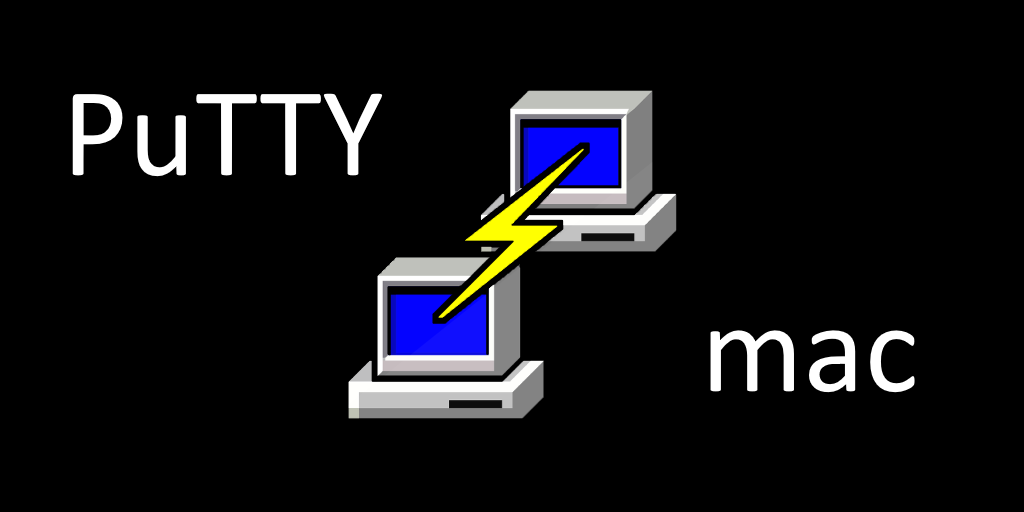What is PuTTY
PuTTY is an SSH client. Many people users like it because it is relatively simple, lightweight, and free. Its main feature – to connect remote machines and transfer data between them. The app supports different protocols: SSH, Telnet, Serial, SCP, SFTP, etc, which make it a universal tool for telnet. Moreover, developers were created Linux, Windows, and also macOS versions! In this article we will anticipate only a Mac installation, please read about it below. It may help you to choose how to launch PuTTY on Mac OS easily.
Why PuTTY doesn’t run on Mac like on Windows?
There are several reasons why some apps don’t run on Mac. It may be an incompatibility with Mac or macOS version.
Also, MacOS Catalina and Big Sur don’t support 32-bit apps. Most apps developers create new, 64-bit versions of the apps but, despite it, there are still hundreds of apps that can only run on 32-bit Macs. Another reason may be the Apple M1 chipset, some apps don’t run properly on this system. In our case, the main reason is that installing PuTTY on MacBook is not as simple as installing PuTTY on Windows. Several additional steps and apps are required. Also, you may know some commands in Terminal.
How to run PuTTY on Mac
The most popular solution for running PuTTY on Mac/MacBook is virtualization software. Despite the fact, that emulators usually use much of the resources of Mac, some of them, for example, Parallels, Virtualbox, or VMWare can help to run different programs on OS X with minimal losses in the performance of your machine. Moreover, some of them are compatible with Directx 11, which can help to run graphically demanding apps and games. Also, you can change desktops and copy any files between your Parallels program (Windows Desktop) and OS X freely. Both Student or architecture versions can be run easily.

Running PuTTY through Parallels
If you wish to run PuTTY on Mac easy, Parallels Desktop can be a solution. This is software for Windows virtualization on Mac with the full support of DirectX and GPUs. It allows you to install Windows on Mac with a couple of clicks and switch between macOS and Windows instantly. You can run Windows just like on a regular PC and install PuTTY on your Mac/Macbook.
Running PuTTY though other virtual machines
Another popular software is VMware Fusion. It is a software hypervisor that allows running virtual machines like guest operating systems, such as Windows, Linux, NetWare, and Solaris. Fusion can drive heavy, GPU-intensive applications and games with top 3D graphics. Fusion now provides hardware-accelerated DirectX 11 and OpenGL 4.1 capabilities to virtual machines.
Also, the most well-known free alternative programs are VirtualBox, Wine, Proton, and QEMU, but you will be required advanced skills to run PuTTY by them.
Install PuTTY on Mac with BootCap
BootCamp allows users to choose the system to work in on startup, however, you won’t be able to switch between systems like in Parallels. Note, that you need no less than 64 GB on the hard disk of your device. We recommend having 128 GB of free space. After Windows installation completes, your Mac starts up in Windows and opens a ”Welcome to the Boot Camp installer” Window. You will need to reboot your machine every time you switch from Mac to Windows and vice versa. To set up Windows via BootCamp, please, do the following:
For OS X El Capitan 10.11 or later
Mention, that for MacOS versions prior to OS X El Capitan 10.11 you will need to create bootable Windows USB.
- Download Windows ISO file
- Open Boot Camp Assistant (Go to Applications > Utilities)
- Define the Windows partition size, choose downloaded Windows ISO file
- Format Windows partition and go through all Windows installation steps
- When Windows boots for the first time, follow on-screen instructions to install Boot Camp and Windows support software (drivers)
Note: you cannot run Bootcamp on M1 processor
Install PuTTY on Mac via the terminal
You can also use instructions below to istall Putty client on Mac. They are not tested on all version of MacOS, but you can try:
- Install XCode from Apple App Store. To accept License Agreement pleasy type in Terminal:
- Install Command Line Tools for XCode
- Download, install and update MacPorts. For update just type in Terminal:
- Download and install XQuartz
- Run selfupdate your system
- Install PuTTY via the terminal
- Create a desktop icon for Putty
sudo xcodebuild –license
sudo port –v self-update
sudo port install putty
cp /opt/local/bin/putty ~/Desktop/Putty
PuTTY alternatives
If you don’t want to spend much time on PuTTY installation, you can try several alternatives: Cyberduck, OpenSSH, Royal TSX.






